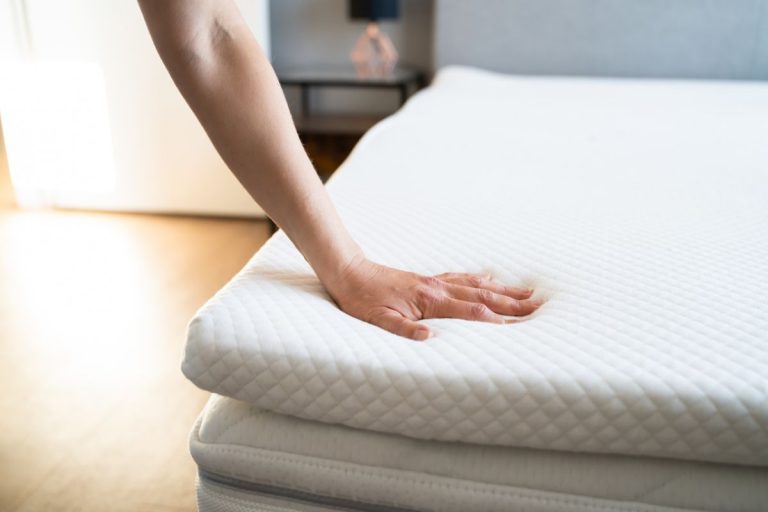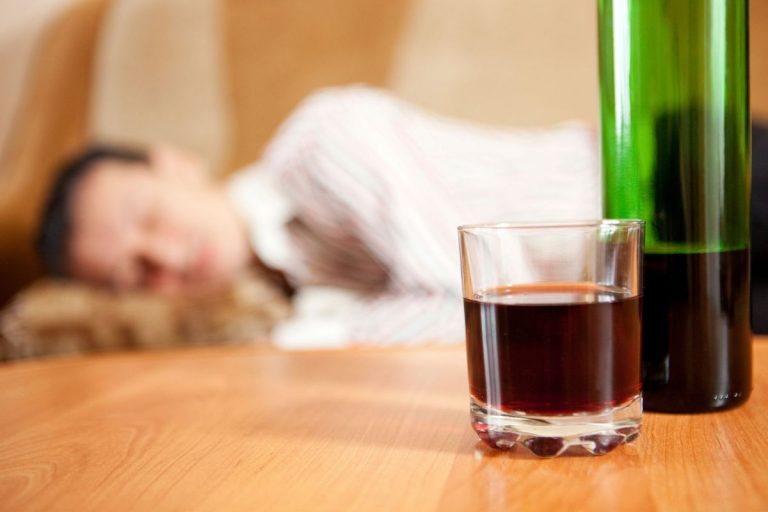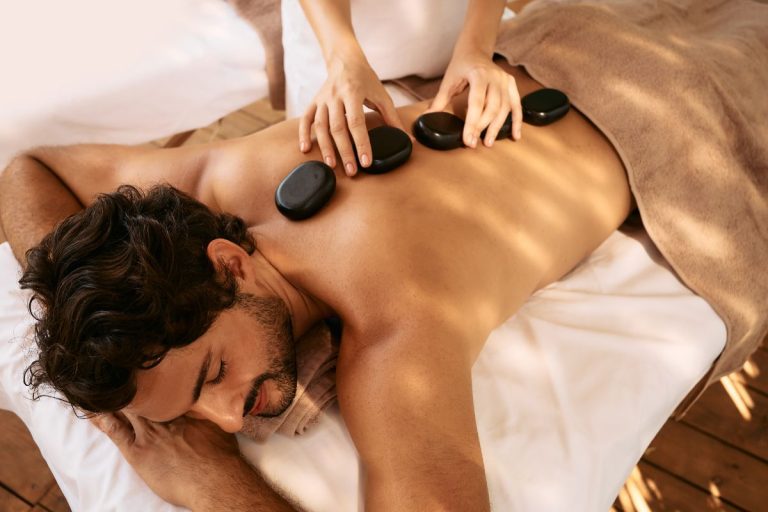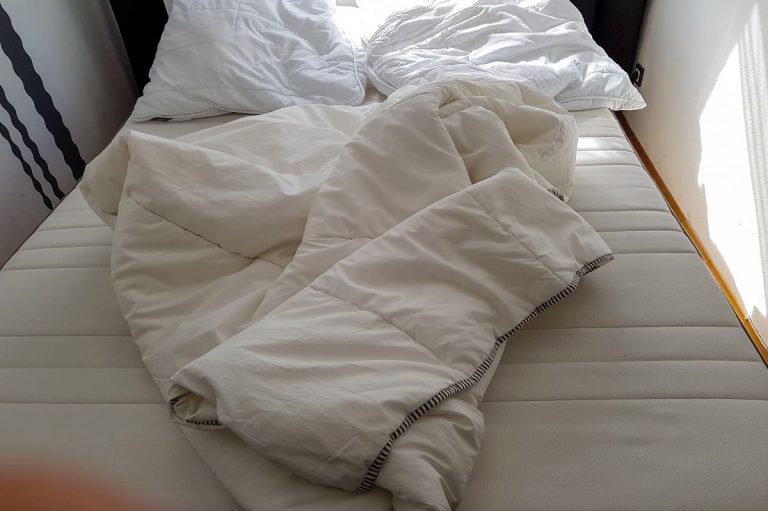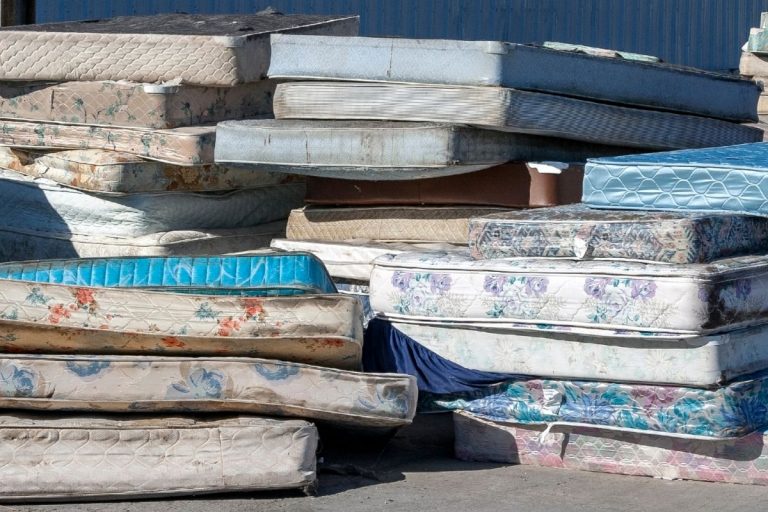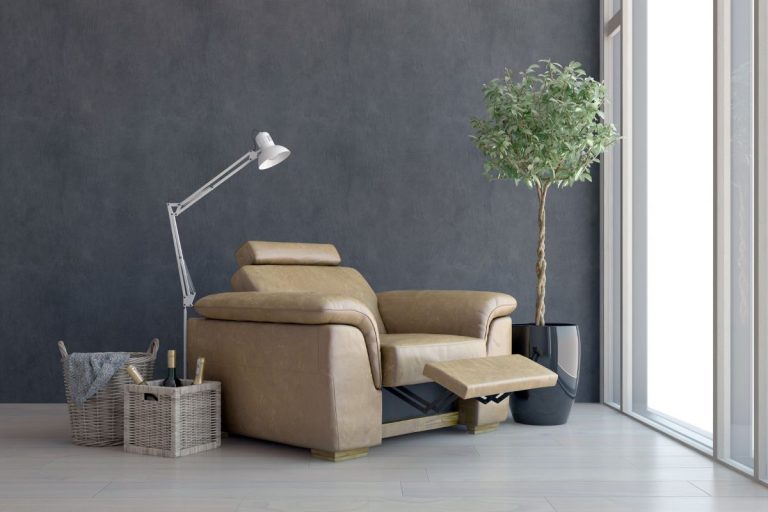CPAP is currently one of the best treatment options for patients with obstructive sleep apnea.
However, even though the effectiveness is there, and scientifically backed, it is important to mention that side effects are rather common. Just like any treatment device, the CPAP machine has its advantages and disadvantages.
Unfortunately, the side effects of CPAP treatment are often overlooked and expected as a normal occurrence. However, people who are already experiencing health issues because of their sleep apnea don’t want to deal with more conditions caused by a treatment.
So, because people aren’t aware of how serious these side effects can be, we’ve decided to tackle this topic in the following paragraphs. Hopefully, you’ll become more familiar with the disadvantages of CPAP therapy, and you can discuss more with your doctor or medical professional.
5 Most Common Side Effects of CPAP Treatment
1. Air Swallowing Or Aerophagia
Air swallowing is one of the most common side effects associated with CPAP treatment. The condition itself is problematic, but it can even cause further health issues, like bloating, burping, gas issues, and general abdominal discomfort. But, why does CPAP cause air swallowing or aerophagia in the first place?
The CPAP machine functions in a way that pushes ait through the upper airway and sends it to the lungs. However, we have something known as trachea, where an opening leads to the esophagus and stomach. When the CPAP machine pushes air, there can sometimes be more of it than sleep apnea patients can handle, so the air is misdirected down the esophagus. This way, the stomach is filled with air, which leads to the aforementioned complications, like gassing or bloating.
Air swallowing is considered to be a minor side effect. Even though it is accompanied by stomach pain, bloating, burping, and flatulence, most people find relief quite quickly.
Upon passing the gas or even changing the sleeping position, the air swallowing effects become tolerable or pass completely.
However, if the effects become persistent and recurring, they can translate into heartburn and similar issues. Then, the sleep apnea patient needs to seek medical assistance or over-the-counter medication.
2. Nasal Congestion
For many sleep apnea patients, nasal or sinus congestion is one of the most common occurrences and CPAP side effects. Nasal congestion can be extremely annoying, and in some cases very persistent. CPAP therapy can usually cause issues with humidification, which then results in nasal congestion because there is insufficient moisture in the nasal passages. In some cases, lack of humidification can even result in nasal dryness, irritation, nose bleed, burning, and persistent runny nose.
One way sleep apnea patients can prevent nasal congestion is by having their specialist order a cold water humidifier with their CPAP machine order.
For those who already have a humidifier with their CPAP machine, you might need to change it for a heated humidifier. The heated humidifier is attached to the CPAP machine and heats the air as it travels to your nose and lungs. The humidifier will heat the water as well and create more moisture, which should prevent nasal congestion, dryness, and irritation.
3. Headache And Ear Pressure
CPAP therapy is usually supposed to deal with the headache issue in sleep apnea patients. But, there have been reports of CPAP causing headaches in patients who didn’t have them before. The same goes for people experiencing sudden ear pressure issues caused by CPAP therapy. So, what’s the deal with this?
Studies show that CPAP therapy can affect the middle ear and increase pressure in this area (the middle ear cavity). Even though ear pressure issues are not as common as other side effects, we cannot overlook this as a potential consequence of CPAP therapy.
Ear pressure issues can cause serious headaches and in some cases even hearing loss, tinnitus, and vertigo. Migraine attacks aren’t also excluded as a side effect, and sometimes there can even be a combination of these effects at once. CPAP therapy can sometimes cause congestion in ears and sinuses, which can also cause serious headaches, and acute symptoms of a cold, for example.
If you experience any of the aforementioned effects, make sure to contact your doctor or specialist to consult regarding further therapy steps. Headaches, ear pressure or ear congestion can be resolved via medications, antihistamines, or decongestants.
4. Eye Irritation
Ocular health issues or eye irritation seems to be frequent in sleep apnea patients who are treated using the CPAP machines. The eye irritation issue is usually caused by air leakage coming from the mask or the vents of the machine. The air seems to move past the eyes as the person is breathing through the mask, which leads to eye dryness and irritation.
When mask problems and mask leakage continues and isn’t handled, eye irritation can translate into serious ocular diseases or corneal abrasions. Often, there are even cases of glaucoma due to the dryness of the eye and nerve damage, or episodes of conjunctivitis.
Luckily, eye irritation and dryness can be handled before any of the serious eye diseases occur. One way sleep apnea patients can prevent such issues is by applying artificial tears before going to bed and placing the CPAP mask.
Another way is to change the mask itself and opt for a mask that is tight-fitting and that doesn’t move during sleep. This should prevent further air leakage. Sometimes patients need to visit an optometrist to check their eye health and get some advice on how to help their eyes stay healthy while on CPAP therapy.
5. Skin Marks And Rashes
Skin marks, skin irritation, and rashes are probably the most common side effects of CPAP therapy. Almost every patient has faced this issue at one point during their treatment. Skin issues can vary in severity; if treated on time, or prevented, skin marks and rashes tend to go away quickly. However, in some cases, skin irritation, rashes, or redness seem to be persistent and translate into a different form of dermatitis and skin allergies.
The reason for this lies in the device itself. First of all, the CPAP machine can be a haven for bacteria, which can get onto the skin as the patient breathes through the mask. This shows how important it is to clean the CPAP mask and hose regularly. This can be done using CPAP machine cleaners, mask cleaners, or CPAP mask wipes.
On the other hand, skin irritation can be caused by silicon allergy or the allergy to the silicone in the masks. There can also be an issue with poor-fitting masks, which can cause red marks on the skin and skin breakage.
This can be solved by opting for a better-fitting mask, or opting for masks that are ‘skin-friendly’; these masks are made from fabric and are less likely to cause skin issues.
Other Side Effects Of CPAP Treatment
6. Claustrophobia
Wearing a mask as you sleep can be a serious issue for some people. That is why claustrophobia is a frequent occurrence in sleep apnea patients that get CPAP treatment.
Claustrophobia usually occurs in patients that have just started their CPAP therapy, so they can also develop serious anxiety and even panic attacks if they don’t get used to the mask and the noise coming from the machine.
Claustrophobia usually occurs because people have an issue with having something on their face while they’re trying to fall asleep. Some people even think the mask and the hose will strangle them in their sleep or cause suffocation. There is also the issue of diminished vision line, trouble breathing, and the overall discomfort of having a machine pushing air in your airway and lungs.
7. Pneumonia
There were cases were CPAP therapy resulted in pneumonia. Studies (published in the Canadian Medical Association Journal) show that CPAP treatment, together with sleep apnea can increase the risk of pneumonia. This happens because a sleep apnea patient doesn’t cough up the mucus from the lungs.
Moreover, the air from the CPAP machine can contain bacteria contaminants, which further increase the chance of bacterial infection in the lungs and pneumonia. To decrease the risk or prevent CPAP-caused pneumonia, it is essential to clean the CPAP tubing and humidifier regularly.
8. Chest Pain And Cardiac Arrhythmias
Chest pain is one of the most common occurrences in patients receiving CPAP therapy. One case report shows that some sleep apnea patients have coronary artery disease, heart block, or chest pain. Obstructive sleep apnea seems to have caused such issues due to transient nocturnal hypoxia or oxygen saturation known to occur in sleep apnea patients.
Furthermore, the case report stated that chest pain and cardiac arrhythmias tend to occur in sleep apnea patients who receive CPAP therapy but are also obese.
In sleep apnea patients that have a BMI of 30 and higher, the chance of cardiac issues is significantly higher than in sleep apnea patients with a normal BMI.
Rare CPAP Side Effects
- Pneumocephaly – this is a case where the air coming from CPAP device accumulates intracranially, or within the skull. This can have terrible neurological effects and intense headaches.
- Pulmonary barotrauma – the CPAP device can cause the air pressure to rise to dangerous levels in just a matter of seconds. The result of this can be pulmonary, or lung barotrauma, and it can have serious effects on a patient’s respiratory system and inspiratory flow.
- Intraocular hypertension – even though rare, this often occurs in glaucomatous patients. The CPAP therapy increases the pressure inside the eye so that the intraocular pressure is higher than normal. This can cause pressure build-up in the eye, as the front of the eye doesn’t drain fluid properly.
- Subcutaneous emphysema – this side effect refers to air being trapped within the tissues under the skin. This is an unusual complication that can be sometimes caused by CPAP therapy. It is usually solved by having CPAP therapy discontinued.
Ways To Prevent CPAP Side Effects
Clean The CPAP Regularly
Bacteria accumulation and contamination of the CPAP machine parts might be one of the leading causes of the therapy side effects. That is why it is essential to clean your CPAP machine and parts (mask, hose, humidifier, etc.) regularly.
The CPAP equipment should be cleaned after every use, which means that the majority of sleep apnea patients should be cleaning their CPAP devices every day.
You can clean your CPAP device using CPAP cleaners, or using products like cleaning brushes for the tubing, surface cleaners, and sprays, or cleaning wipes.
Opt For Proper-Fitting Mask
An ill-fitting mask can cause some serious issues and side effects, as mentioned previously. That is why sleep apnea patients should opt for masks that are proper-fitting; meaning they’re not loose or too tight around the nose and mouth.
Patients can often choose between different types of masks, like a full-face mask, partial masks or nasal masks (cover only the nose and the mouth), etc.
If you’re not sure about the mask you should choose, make sure to discuss with your doctor the best suitable options for you.
Protect Your Skin
Because wearing a mask every night for several hours can cause incredible damage to your skin, it is important to protect it.
You can do that by using mask barriers, made from natural fabric, gel, or materials that are good for the skin.
Sometimes the mask barriers come in the form of hypoallergenic tapes, which can also be useful for preventing skin irritation and rashes. Mask barriers can be purchased online or in specialized CPAP equipment shops.
Check The Humidifier
Most of the side effects of CPAP treatment are caused by the humidifier. It is essential to clean the humidifier regularly and check whether it is working properly.
Sometimes, patients even have to change humidifiers and switch to heated ones, or even heated tubing. Heated humidifiers or tubing can produce more moisture and reduce air dryness, which can prevent side effects like nasal irritation, nosebleed, dry mouth, throat infections, etc.
Read More: Is A CPAP Humidifier Necessary?
Other Tips For Better CPAP Therapy Experience
- Avoid using oil-based products – if you place the mask on your face when it is fully covered in makeup or moisturizer, you might cause some issues with the mask. The oil from these products can build up in the mask, especially if you don’t clean it regularly and properly.
- Try sinus medication – if you experience nasal congestion, and generally nasal and sinus issues frequently, make sure to discuss this with your doctor. Ask for suitable sinus medication to reduce these side effects while receiving CPAP therapy.
- Adjust the pressure – sometimes the pressure setting on your CPAP device aren’t suitable for you. Improper pressure levels can cause the device to push more air into your lungs than you can handle, resulting in air swallowing and lung discomfort. So, consult with your doctor about the pressure settings and let them help you adjust them for new ones.
- Adjust the mask straps – sometimes the mask straps can be too tight, and contribute to skin irritation and rashes. Try to adjust the straps of the mask so that they’re not too tight or too loose. Try to make the mask straps secure, but also comfortable. This way you can avoid skin marks, irritation, even the feeling of claustrophobia and anxiety caused by the presence of the mask on your face.
You May Also Like: 9 CPAP Alternatives We Recommend For Sleep Apnea
